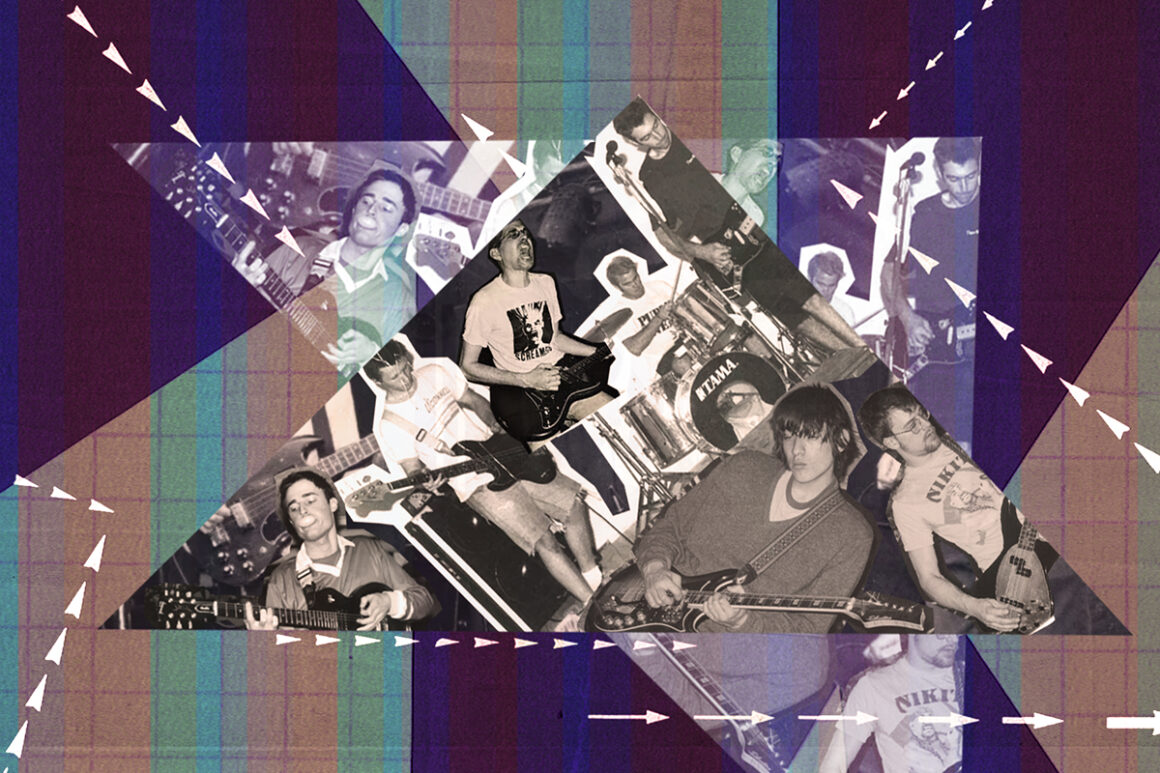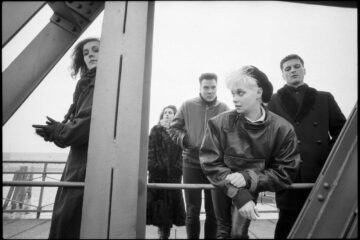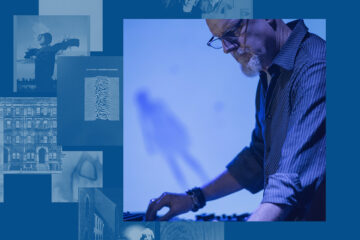Another genre that supposedly no one plays: no sooner does the rhythm of an album become confusing than the record belongs to the genre of math rock, thus confounding the range of artists in the genre to this day. All we know for certain is that math rock is characterised by odd and asymmetrical bars as well as dissonances (meaning: noise). Often the type of rhythm changes several times during a song. Which is precisely what led to the name of the genre because the sound feels cerebral. But is that enough to distinguish it from other genres?
Prototypes
Besides jazz, experimental, post-hardcore and indie, it was above all progressive rock that influenced the genre. The most important precursors include the legendary album »Red« by King Crimson from 1974, Black Flag’s »My War« from 1984 or the records of the experimental US band Massacre. And that’s when the overstretched bandwidth opens up. It’s more than just a leap from Black Flag to the avant-sound of Massacre.
From the end of the ’80s, math rock started to emerge as a description of a musical approach that freed itself from the omnipresent pop culture influence and the quirkiness of rock. In ’91, Slint’s »Spiderland« represented the condensed foundation for both math rock and post-rock. While numerous bands soon sought the epic and the force in post-rock, math rock tended to focus more on the interior and the essence. This was also due to the line-up – trios frequently struggled to achieve this sound.
More attitude than genre
In the mid-’90s, music critics classified a large number of albums as math rock – but as quickly as the genre appeared, it disappeared from the landscape again. Most musicians reject the label anyway. Still, records have been released and continue to be released that employ odd beats and dissonances. In most cases, however, these albums are given the labels progressive rock (see The Mars Volta) or experimental rock (see Battles).
However, if you dig through the history of math rock, you will find that these albums share more similarities with each other than with other genres – even if they range from American Football to Converge. A brief history of math rock in twenty albums.
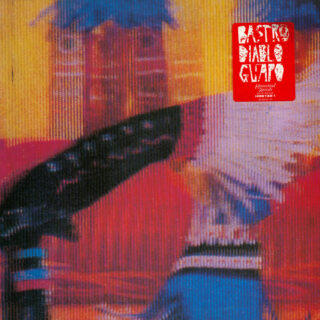
Something was brewing in Louisville, Kentucky, at the end of the '80s. Back in 1983, some teenagers, at the time between 13 and 16 years of age, had formed the band Squirrel Bait, and recorded two LPs. The band broke up in '87 and two new bands emerged from it. One was called Slint (to be discussed later). The other was called Bastro. Guitarist David Grubbs (later: Gastr del Sol and others) and bassist Clark Johnson recorded the EP »Rode Hard & Put Up Wet« in 1988, with Steve Albini at the controls and a drum machine as the drummer that was soon replaced by John McEntire (later: Tortoise and others), a percussion student at Oberlin College in Ohio. The three then recorded »Diablo Guapo« in 1989, the first of two grandiose albums that formed the basis for the developments of math rock, post-rock and post-hardcore in the nineties. This album could no longer be thought of in familiar categories, was metal, was jazz, was fluffy melody as well as the most beautiful noise. It shook off all that was conventional in rock.
Sebastian Hinz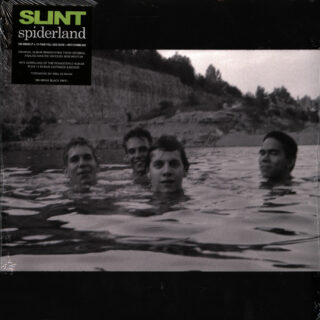
Guitarist and singer Brian McMahan (later: Palace Brothers) and drummer Britt Walford (later: The Breeders) also played with Squirrel Bait and then formed the band Slint together with guitarist David Pajo (Papa M) and bassist Ethan Buckler. They recorded their first album »Tweez« in '87 (also) with Steve Albini, whose band Big Black was a huge influence anyway. Ethan Buckler then left the band and was replaced by Todd Brashear. In '91 »Spiderland« was released. An indisputable masterpiece of guitar music. The music was only half as wild as Bastro, more accessible and of mystical depth. These seductive guitar melodies paired with syncopated rhythms that were always a little off the mark ignited a pull on listeners who, to this day, don't even suspect that rock music beyond the four-four paradigm is being played here. One day after finishing the recordings for »Spiderland«, Brian McMahan had himself admitted to a psychiatric hospital, where he was diagnosed with depression. It was the end of the band.
Sebastian Hinz
Meanwhile, in the small university town of Chapel Hill, North Carolina, Ash Bowie, Dave Brylawski, Steve Popsong and Eddie Watkins met. They had each independently spent the second half of the '80s studying the SST Record catalogue, gaining knowledge that they were about to reshape into a sound of their own as Polvo. »Today's Active Lifestyles« (1993) is their second album and perfectly formulates their sound, which is basically a start-stop pattern. The music sounds simple, as if the musicians in the rehearsal room were constantly standing on each other's feet, bumping into each other, tripping over cables, resulting in the riff they had just played having to be restarted, but played differently, given a different rhythm.
Sebastian Hinz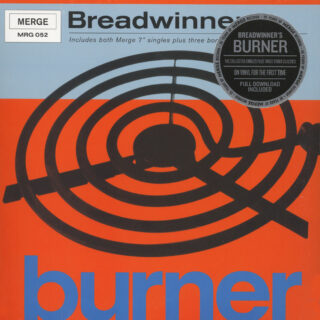
Despite being in existence for just two years (1990 to 1992), the trio Breadwinner from Richmond, Virginia is considered one of math rock's most definitive bands. They left behind just over twenty minutes of music, gathered on the compilation »Burner«, which begins with »Tourette's«. It immediately becomes clear: the band took hardcore and heavy metal as starting points for a new sound. A sound which is much more complex, exhausting and demanding than, for example, all the varieties of grunge that were popular at the same time. An album like a small (and somewhat belated) big bang for the genre.
Björn Bischoff
One of the major influences on the bands featured here (if not every other college band in the US) was Big Black from Chicago, Illinois. Steve Albini formed the band in 1982 and disbanded it in 1987. He then put his guitar on the sidelines for some time to instead became one of the most sought-after sound engineers (he rejected the word producer) on the planet. In 1992, he formed a new band with Bob Weston (bass) and Todd Trainer (drums): Shellac. Small outfit, minimal rock, odd rhythms, fat grooves. If you didn't understand math rock until then, you will with their 1994 debut »At Action Park«. The album begins with what seems like a slipped slide of the plectrum over the strings (see Polvo). Then bass and drums. Then guitar. Everything perfectly arranged. Not a note too many. A masterpiece.
Sebastian Hinz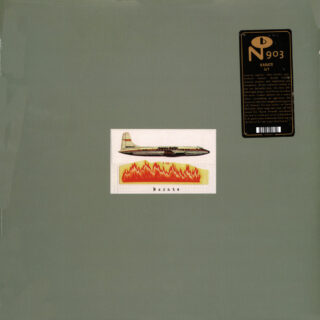
On their debut, Karate from Boston, Massachusetts were still in their discovery phase, which made the self-titled album so exciting. In the course of their work, Karate moved closer and closer towards jazz, but at the start they still embraced influences from emo and indie. »Trophy« barely scrapes by conventional song structures. In »Every Sister«, on the other hand, the path to the more relaxed realms of jazz rock already shows through. There is no more pleasurable introduction to math rock than this album.
Björn Bischoff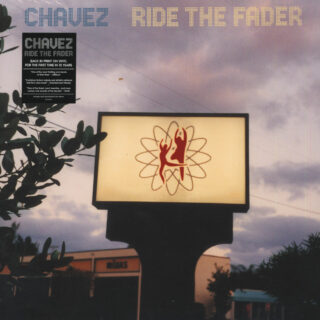
Chavez never got the attention they deserved. The band headed by guitarist Matt Sweeney released two albums: »Gone Glimmering« (1995) and »Ride The Fader« (1996). The sound the New Yorkers made was too caught up between the styles of lo-fi, emo-core and math rock to really leave its mark. Nevertheless, it's worth getting into because Matt Sweeney is a devil of a guitarist. Later, he went on to support Bonnie »Prince« Billie, Cat Power, Guided by Voices, Run the Jewels and Billy Corgan on their projects.
Sebastian Hinz
After a two-year hiatus, the instrumental band Don Caballero returned with their third album, »What Burns Never Returns«, on which they had significantly streamlined their sound. While the Melvins were a distant reference for their predecessors, Don Caballero delivers frisky rock music here. Dynamics and edges are still there, but the band from Pittsburgh delves more into experimentation on the eight tracks, opening sideshows here and there to the main themes of the songs. Not a wild album, but wonderfully rapturous and off-kilter songs. And the album that probably best fulfils the genre classification math rock.
Björn Bischoff Sebastian Hinz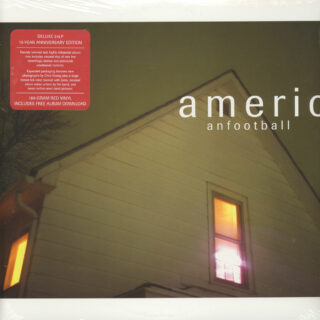
Another album with cult status in selected circles. However, these circles could hardly be more different when it comes to American Football's self-titled debut. On one side, there are the friends of intricate and complicated structures and, on the other, the fans of emo rock. The nine songs actually all fit on any college radio station without any trouble. »Stay Home« is the only track that ruffles the conventional structures of emo rock over eight minutes. Otherwise, the record seems almost tame compared to other candidates on this list.
Björn Bischoff To the review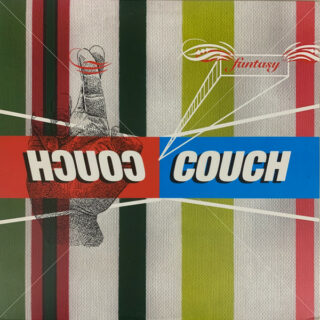
The Munich band Couch garnered a smattering of music reviews for their third album »Fantasy«, which were almost brimming over with praise. The major attention failed to materialise, but this was not due to the record. On the surface, it was about indie, electronica, and post-rock, which suggested the comparison to The Notwist, but Couch were even more introverted and fanciful. The songs on »Fantasy« never overtax the listener, but simply flow wonderfully. An album for dreaming and coming down.
Björn Bischoff
Once again, we have to look to Louisville, Kentucky. In the niche between post-rock and math rock, bands like Rodan, Shipping News, The For Carnation and June of 44 can be seen to have formed there since the early '90s. Guitarist Jeff Mueller had his fingers in the pie on all of these projects and then brought in drummer Doug Scharin (also: Codeine, Rex, Enablers), bassist Fred Erskine (also: Hoover) and guitarist Sean Meadows (also: Lungfish, The Sonora Pine). A sensational line-up. In the '90s they recorded three particularly good albums and a fantastic one. The incredible one is called »Anahata« and is more intricate, more fragmented than the others. At the same time, it is inspired by melancholy. The new millennium in sight, the end of an era set to music. They put everything into this album and couldn't add anything more.
Sebastian Hinz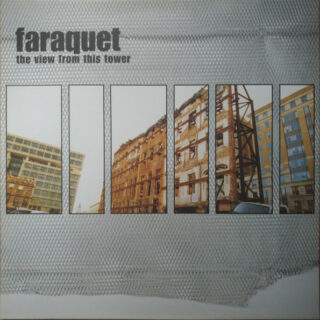
Faraquet from Washington, D.C. combined post-hardcore with progressive rock. As a result, many critics considered their only album »The View From This Tower« to be the math rock album of the turn of the millennium. And indeed, on tracks like »Song for Friends to Me« you can hear exactly this tug of emotions during every second. The rhythm constantly wants to make the leap into post-hardcore, but the guitar pulls the thing back into lighter moments every time. Only to culminate in »Conceptual Separation of Self«, which is reminiscent of Slint in its reduced style. A record that draws its best moments precisely from these contrasts.
Björn Bischoff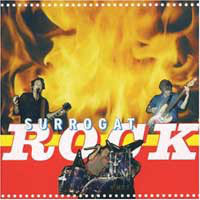
Around the turn of the millennium, Surrogat were the most uncompromising rock band in Germany. There was always a bit of megalomania involved. The rock gestures were played larger than life, the claims were formulated in an exaggerated way. At the same time, the music was much more sophisticated, much more cerebral than the chavvy attitude of the trio around Patrick Wagner would suggest. »Rock« was, well, rock by other means, unleashed, but at the same time in a corset, with no straight beat, let alone four-four time. In »Rock«, these refractions just about tipped over into the ironic, but they were later (until the demise of the band in about 2003) unfortunately just ordinary ciphers.
Sebastian Hinz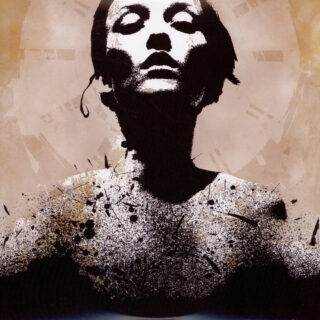
With their fourth album »Jane Doe«, Converge achieved a breakthrough beyond metal-core circles and still garnered raised eyebrows here and there. Some critics said the record was too fast, too overdriven, too confused. This was because of Ben Koller's hard drumming, but also because of Jacob Bannon's voice. On tracks like »Fault and Fracture«, Bannon almost goes over the top with his vocals, scolding and barking, but he always adapts to the changes in tempo and beats. Overload for the audience in the form of twelve axed out songs without a pause for breath.
Björn Bischoff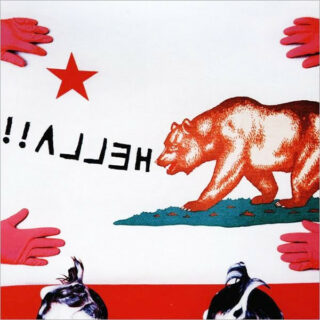
You can find higher mathematics in this rock music. It takes some practice to follow the winding integral paths of the Californian band Hella (we don't even want to talk about understanding it here). Their debut album »Hold Your Horse Is« (the semantics of the title alone make no sense) is perhaps something like the holy grail of math rock. The precision and tightness of this music cannot be explained with normal common sense, which is why I will leave it at this point. Spencer Seim (guitar) and Zach Hill (drums) are behind it. The latter was later responsible for beats for Death Grips (aha!) and drummed in El Grupo Nuevo De Omar Rodriguez-Lopez. We'll come to Omar Rodriguez-Lopez in a moment.
Sebastian Hinz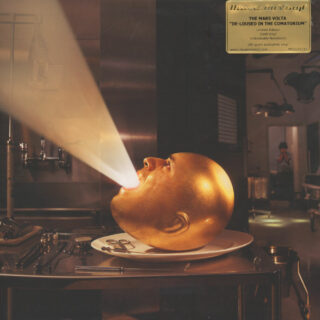
A whirlwind of an album: The Mars Volta processed the death of a close friend on their debut »De-Loused In The Comatorium«. However, this can hardly be understood from the lyrics and the sound. The record is too intricate, too complex, yet also too emotionally charged. With »Televators« there is an almost conventional and calm piece featuring acoustic guitar, but alongside it there is sheer madness, as on » Inertiatic Esp«, in which the band constantly changes direction. The songs burst at regular intervals. Some may call it pulse. In the end, it's a sound that you could scrape off the inside of our skulls.
Björn Bischoff
Deerhoof have been around for almost 30 years without having achieved a degree of recognition (at least in Germany) that is commensurate with their work. With »Apple O'« from 2003, they recorded one of the rock albums of the Noughties. Matt Groening, creator of The Simpsons, and Karen O, singer of the Yeah Yeah Yeah's, immediately outed themselves as fans. In the combination of Satomi Matsuzaki (bass, vocals), Greg Saunier (drums), John Dieterich (guitar) and Chris Cohen (guitar), which lasted only three years, they enjoyed their best period between 2002 and 2005 releasing four exceptionally good albums. They brought melody back into math rock without losing their eye for complex rhythms.
Sebastian Hinz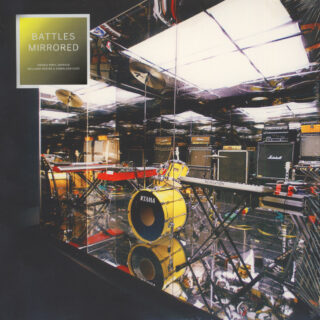
Eleven songs that sound as if Pacman's ghost recorded them on shrooms. »Mirrored« by Battles is still a big score today, an album full of sideshows that sometimes gets lost in a rhythm here, sometimes in a melody there and yet loses none of its psychotic power. Accordingly, songs like »Atlas« almost sound like math rock hymns with lines like: »People won't be people when they hear this sound.« The band has never been more playful nor madder than this.
Björn Bischoff
The title »In Advance of the Broken Arm« describes pretty well the riff of »Vibrational Match«, the first song of guitarist Marnie Stern's 2007 debut.Marie Stern combines her finger tapping based guitar playing (as we know it from Don Caballero's and Battles' Ian Williams), with the melodiousness of Deerhoof, the attitude of nineties riot grrrl bands and the worldliness of New York bohemians. Oh, and Marnie Stern is funny. It's about time for a new album.
Sebastian Hinz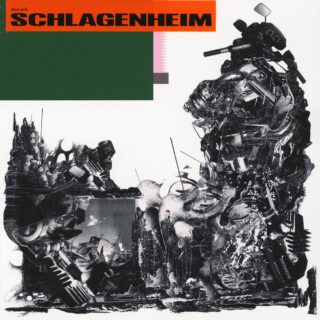
The most recent return of math rock? With their debut, the Brits from black midi have once again infused the presumedly dead sound of experimental, indie, progressive and noise with energy and labelled it math rock. »Schlagenheim« doesn't reveal its greatest moments the first time you listen to it, but steadily builds up as the mind untangles the various sound knots. In these times of so many pleasing sounds, the nine songs come across as delightfully overwhelming.
Björn Bischoff
